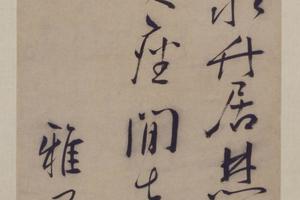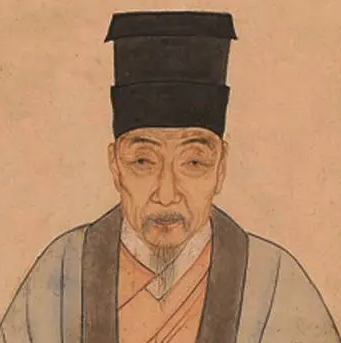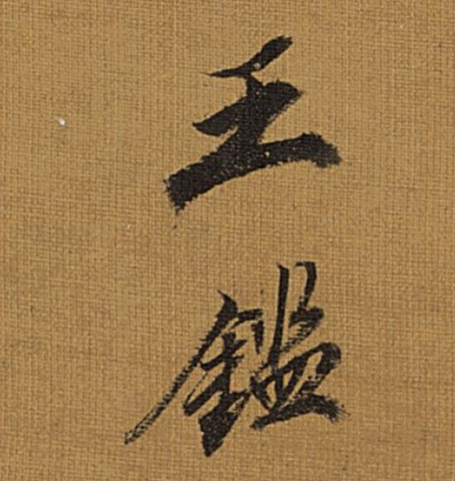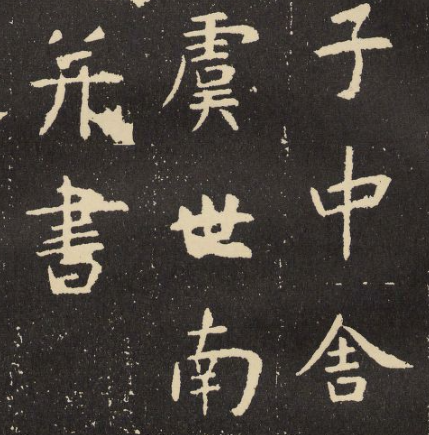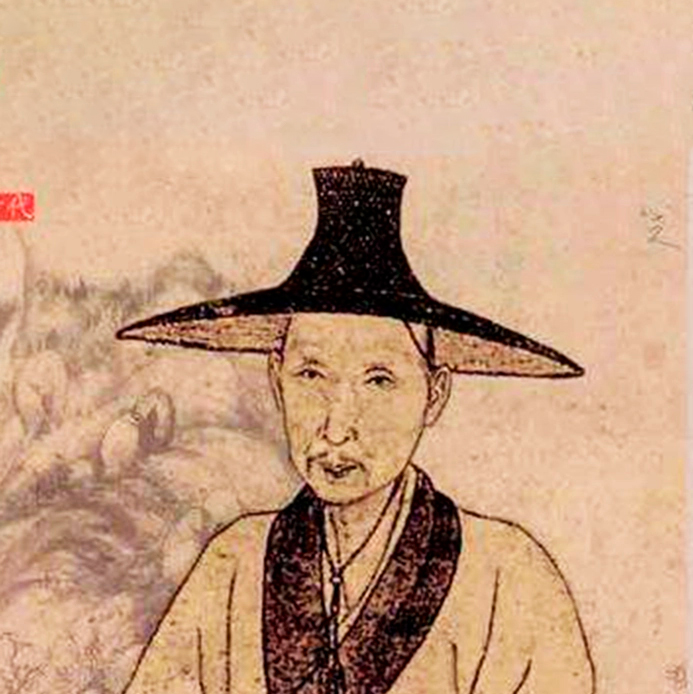找回密码
验证码错误或已过期
王宠
杂诗册 02

杂诗册 02
-
作者
-
分类未分类
-
创作年代
杂诗册 02 简介
27.7x32.5,,,,台北故宫博物院。参考资料:石渠宝笈三编(延春阁),第四册,页1943-1944
参考资料:故宫书画录(卷三),第一册,页85-86
参考资料:故宫历代法书全集,第二十三册,页56-69、151-152
参考资料:王宠(西元一四九四—一五三三年),长洲(今江苏苏州)人。字履仁,又字履吉,号雅宜山人。与兄王守从学于文征明与蔡羽。工诗文,书学王献之、虞世南。与祝允明、文征明同誉为「吴中三家」。
王宠诗作清逸,此册计书七言律诗六首,虽为草写,但字字独立,甚少连笔牵丝,笔势凝重,具干净俐落之韵。其中转笔处带圆润,收尾常带反捺笔,显露硬拙峻拔的笔调。
(20110710)
参考资料:Wang Chong (style names Lüren, Lüji; sobriquet Yayi shanren) was a native of Changzhou (modern Suzhou, Jiangsu). With his elder brother, Wang studied under Wen Zhengming and Cai Yu. Good at poetry, in calligraphy Wang studied the styles of Wang Xianzhi and Yu Shinan. Along with Zhu Yunming and Wen Zhengming, they were known as the "Three Masters of Wu (Suzhou)."
Wang's poetry is pure and lofty, this album consisting of six seven-character regulated poems. Though written cursively, each character stands alone with few traces of connecting brushwork. The brush force is dignified with a neat and tidy harmony. The brush turns have a round, rich quality with the end strokes having a reverse right-falling flick, revealing a stiff yet lofty manner.
(20110710)
参考资料:王宠(1494-1533)、长洲(现在の江苏省苏州市)の人。自は履仁、または履吉、号は雅宜山人。兄の王守とともに文徴明と蔡羽に师事した。诗文に优れ、书は王献之、虞世南を学んだ。祝允明、文徴明と并んで「呉中三家」と讃えられる。
王宠の诗作は洗练された趣があり、本册には计六首の七言律诗が収录されている。草书とはいえ、一文字一文字が独立しており、文字がほとんど繋がっていない。笔势には森厳さがあり、明快ですっきりと洗练されている。転笔个所は丸みを帯び、収笔にはしばしば反捺笔が用いられ、硬质で高雅な趣の笔遣いが见られる。
(20110710)
王宠 简介
王宠(1494-1533),明代书法家,字履仁、履吉,号雅宜山人,吴县(江苏苏州)人。邑诸生,贡入太学。博学多才,工篆刻,善山水、花鸟。诗文声誉很高,尤以书名噪一时,书善小楷,行草尤为精妙。著有《雅宜山人集》,传世书迹有《诗册》《杂诗卷》《千字文》《古诗十九首》《李白古风诗卷》等。
相关作品推荐

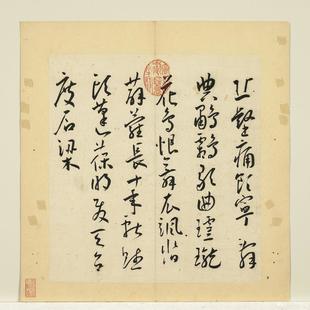
 王宠
王宠

